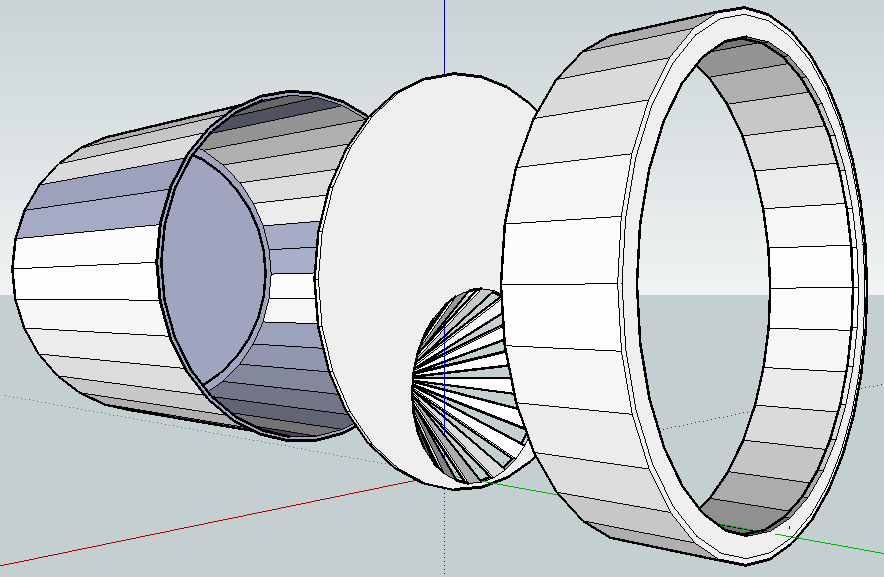Cathal Garvey posted his recommendations as to how those without mice can test their designs. He suggests:
*Think* like the mouse, *be* the mouse!
Alternatively, leave one outside in the country or garden, and await your furry, diseased reward!
But how do you test a one way door/mouse funnel mousetrap if you don’t want to invite mice into your house? I suppose a box with two such funnels installed with a bit of peanut butter inside. If you wake up and find no mice or peanut butter – it either worked perfectly1 or it failed miserably2 ! If the mouse is stuck inside… well I guess it kinda succeeded.


